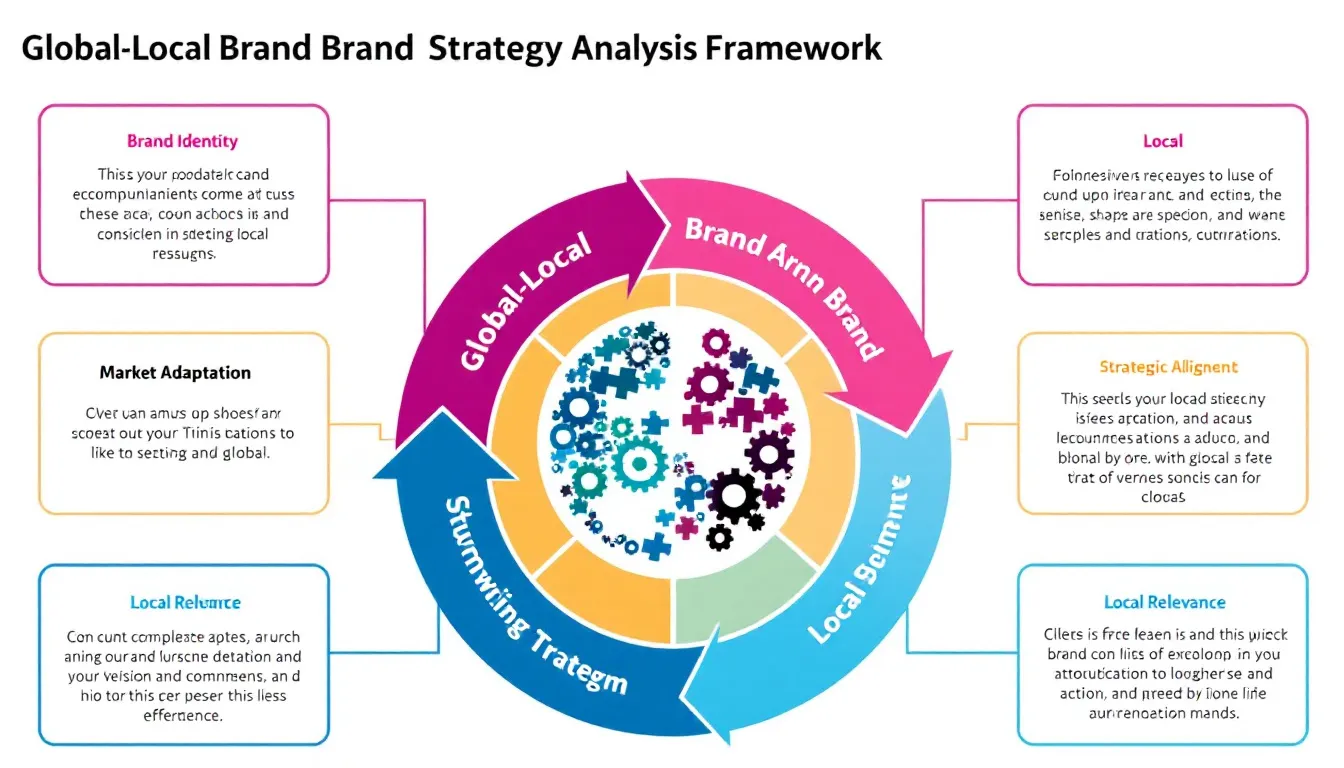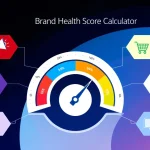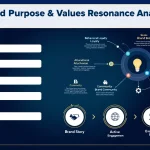Is this tool helpful?
How to Use the Global-Local Brand Strategy Analysis Tool Effectively
1. Brand Name Input
Enter the full brand name you want to analyze. Use clear and exact names to get meaningful insights.
- Example: Adidas
- Example: L’Oréal Group
2. Key Markets List
List the main regions or countries where your brand operates, including emerging and established markets.
- Example: South America (Argentina, Chile), Middle East (UAE, Saudi Arabia), Africa (South Africa, Egypt)
- Example: Eastern Europe (Poland, Hungary), ASEAN countries (Malaysia, Singapore, Philippines)
3. Global Strategy Description
Describe your brand’s current worldwide positioning and strategy to help identify alignment and gaps.
- Example: Premium cosmetics brand focusing on innovation and diversity, targeting young urban professionals
- Example: Tech giant emphasizing connectivity and user experience with a focus on sustainability and design
4. Local Market Challenges
Outline specific barriers or challenges your brand faces in local markets.
- Example: Import tariffs impacting pricing in South American markets, cultural nuances affecting product messaging
- Example: Distribution complexities in rural areas, local regulations limiting advertising channels
5. Standardized Brand Elements
List the elements of your brand that remain consistent globally to maintain recognition.
- Example: Brand tagline, approved visual style guide, core product features
- Example: Corporate social responsibility practices, tone of voice in communications
Global-Local Brand Strategy Analysis Tool: Definition, Purpose, and Benefits
The Global-Local Brand Strategy Analysis Tool helps you assess and improve your brand’s positioning across different markets worldwide. It guides you to balance the need for a coherent global brand image while addressing unique local market demands.
Purpose: It clarifies how your global strategy aligns with local adaptations, helping you identify risks and opportunities to optimize brand impact in each market.
Key benefits:
- Strategic clarity: Understand your brand’s strengths and weaknesses across markets.
- Market relevance: Tailor your global approach to local cultural, regulatory, and competitive landscapes.
- Resource optimization: Allocate marketing and operational budget more effectively between global and local initiatives.
- Competitive edge: Spot chances to differentiate your brand in local markets without compromising global identity.
Practical Usage of the Global-Local Brand Strategy Analysis Tool
You use this tool to collect key information about your brand’s global and local strategy and challenges. The process helps you create a clear picture of how well your brand integrates its global objectives with local market realities.
Organizations use the tool to:
- Identify markets needing greater localization of products or messaging.
- Determine which brand elements should remain standardized worldwide.
- Improve brand governance between corporate headquarters and local teams.
- Guide decision-making on market-specific pricing, distribution, and marketing tactics.
Key Focus Areas in Your Analysis
Brand Identity Evaluation
Assess how your brand’s core values and visual identity resonate both globally and locally.
Market Adaptation Assessment
Look at how effectively you adapt marketing messages, products, and pricing to each market.
Strategic Alignment Review
Examine if your global strategy supports and integrates local initiatives efficiently.
Local Market Relevance
Understand and address specific cultural, regulatory, and competitive challenges in each market.
Implementation Effectiveness
Evaluate execution quality on both global and local levels to ensure brand consistency and impact.
Best Practices for Managing Global-Local Brand Strategies
Cultural Sensitivity
Adjust your brand message and imagery to respect local customs and values without losing your brand’s core essence.
Integrate Market Research
Collect continuous feedback and data from local markets to refine your strategy over time.
Align Stakeholders
Maintain open communication among global leaders and local teams to ensure everyone understands and supports the brand strategy.
Strategic Guidelines for Different Market Types
Mature Markets
- Focus on product innovation and brand differentiation
- Maintain premium positioning
- Leverage digital and omnichannel marketing
Emerging Markets
- Educate consumers about brand benefits and use
- Adapt value propositions to price-sensitive buyers
- Build distribution networks and local partnerships
Developing Markets
- Build brand awareness from the ground up
- Focus on market penetration and accessibility
- Understand local consumer behavior deeply
- Support infrastructure improvements for supply chain
Frequently Asked Questions About Global-Local Brand Strategy Analysis
Q: How often should I use this tool to analyze my global-local brand strategy?
Perform a comprehensive analysis at least once a year and monitor key market indicators quarterly to stay aligned with changes.
Q: What metrics indicate a successful balance between global consistency and local adaptation?
Look for strong brand recognition, growth in local market share, positive customer feedback across regions, and effective local engagement.
Q: How do I maintain consistent brand execution while allowing for local flexibility?
Establish clear brand guidelines, invest in ongoing training, and create governance structures that include local market voices.
Q: What role does digital presence play in global-local brand strategies?
Digital platforms demand balancing uniform global messaging with tailored local content to engage diverse audiences effectively.
Q: How can I measure if local market adaptations are successful?
Track growth in market share, brand awareness, sales figures, and customer satisfaction specific to each local market.
Important Disclaimer
The calculations, results, and content provided by our tools are not guaranteed to be accurate, complete, or reliable. Users are responsible for verifying and interpreting the results. Our content and tools may contain errors, biases, or inconsistencies. Do not enter personal data, sensitive information, or personally identifiable information in our web forms or tools. Such data entry violates our terms of service and may result in unauthorized disclosure to third parties. We reserve the right to save inputs and outputs from our tools for the purposes of error debugging, bias identification, and performance improvement. External companies providing AI models used in our tools may also save and process data in accordance with their own policies. By using our tools, you consent to this data collection and processing. We reserve the right to limit the usage of our tools based on current usability factors.







